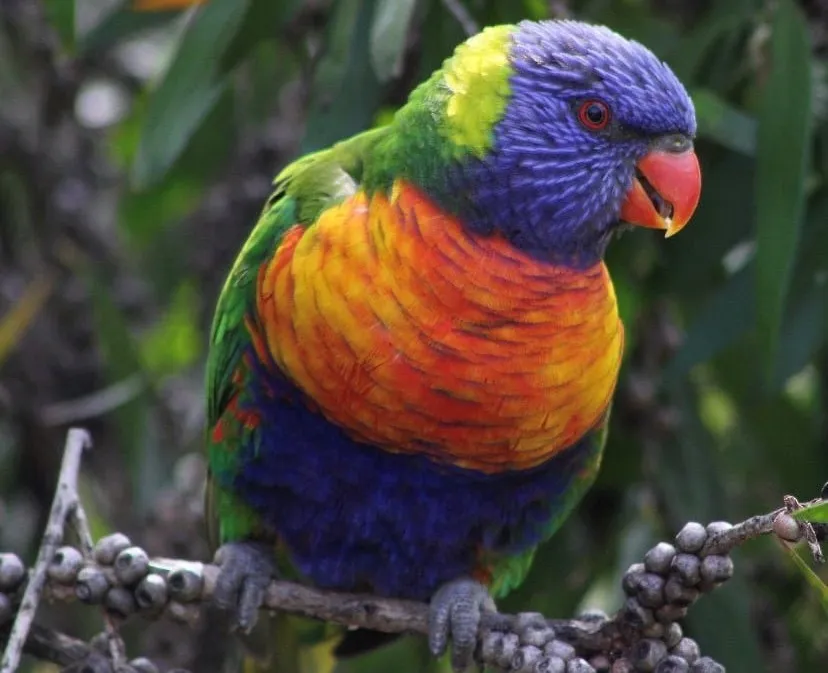Table of Contents
Kelly Fan, a Melbourne resident and dog owner, was thrilled about Australia’s new pet-friendly flights. “I think it’s a great idea. I’ve imagined flying with my pet in the cabin for so long,” she said, with her eyes never leaving her furry companion.
Last month, Australia’s first commercial pet-friendly flights took off, allowing small pets to travel inside the cabin with their owners. Virgin Australia, the operator behind the trial, announced that the service allows small dogs and cats to remain in approved carriers, placed under the seat directly in front of the passenger throughout the flight.
Fan is not the only one feeling excited. For many pet owners, this change feels long overdue. Peter Juriss, who moved from New Zealand for work, shared his story about being separated from his dog, Archie. “I haven’t seen Archie for almost a year. I really miss him,” he said. “This idea’s awesome. I can know exactly how he feels— whether he’s nervous or not— and actually be there with him during the flight.”
Similarly, Bing Lee, another pet owner, said she never felt comfortable using pet-transport services in the past. “I didn’t want to leave my dog alone in the cargo area,” she said. Many of her friends have said that their pets became highly anxious or even sick after traveling in the dark, noisy cargo hold.
According to the latest Pets in Australia report by Animal Medicines Australia, 73% of Australian households now own at least one pet, with a total estimated population of 31.6 million companion animals nationwide. In Manningham alone, earlier council data recorded more than 12,000 registered dogs and nearly 5,000 registered cats, underscoring how deeply pets are woven into local family life.
The surge in pet ownership during the COVID-19 pandemic further intensified demand for pet-inclusive travel. For airlines, this presents a growing opportunity within the expanding “pet-travel economy.” Virgin Australia has stated that the trial was launched in response to the significant number of passengers expressing interest in flying with their pets.
However, not everyone is entirely convinced. Some passengers worry about noise, allergies, or how animals might cope with being in the air. Others raise concerns about safety procedures.
Russell Boon, a Melbourne-based emergency management specialist, says people often overlook what could happen in the rare event of an in-flight emergency. “We’ve seen people refuse to let go of their luggage during evacuations— that significantly slows people down,” he said. “If an animal is involved, how do we manage that? What are the expectations?” Mr Boon says Airlines need to provide clearer safety guidance and more detailed regulations.
According to Virgin Australia, the trial will continue until January 2026. The current guidelines include:
- The trial operates on two routes: Melbourne ↔ Sunshine Coast and Melbourne ↔ Gold Coast, beginning from 16 October 2025.
- Only small dogs and cats are allowed, and the combined weight of the pet and carrier must not exceed 8 kg.
- A maximum of four pets are permitted per flight (allocated to seats 18A, 18F, 20A, and 20F).
- Pets must remain inside an approved soft-sided, leak-proof carrier placed under the seat at all times.
- Pets must have up-to-date vaccination records. Very young animals (<8 weeks), elderly pets, or certain breeds (such as brachycephalic dogs) may require veterinary clearance to fly.
- Virgin states that aircraft are equipped with HEPA filtration systems that remove around 99% of airborne particles, including pet dander.
- The service required an exemption from the Australia–New Zealand food standards code, which previously classified aircraft as “food premises,” preventing animals in the cabin.
- Final approval rests with the pilot-in-command, who retains the right to refuse animals on board— including assistance animals— under specific circumstances.
For a community like Manningham, where pets are part of everyday life, the trial raises an exciting possibility. We may soon find that traveling with our furry family members isn’t just a dream, but the new normal.









